
Miramichi Fishing Begins, Scotland Trip Report, Conservation News
Fishing Friends – on Monday, April 15, 2024 yet another Atlantic salmon and brooktrout fishing season will open on the Miramichi River. I’m headed up on Sunday and am very much looking forward to being back on the river. By normal standards for mid-April the river is not high, and there is very little snow in the woods to add to the flow. We are expecting over an inch of rain from now until the beginning of fishing, and with the ground already soaked this should take the river from the current 2.15 meters in Blackville to a solid 3 meters if not more. This should mean that on opening day boats can go just about anywhere that they want. Air temperatures look pretty comfortable too.
My plan is to try some of the upper river stretches above my Mahoney Brook camp on the Cains, and then to fish the SW Miramichi during the next two days. In the day of Harry Allen, dean of the Miramichi outfitters, they caught kelts as far upriver as the Grand Lake Road over the Cains well into May.
If you haven’t booked some spring fishing don’t hesitate to pick up the phone or go online, and get some dates on the books. Virtually all of the Miramichi outfitters cater to spring fishing. There may very well be some kelts around again this year as late as mid-May, but the best fishing normally does occur in the first two or three weeks of the season.
People often ask about the best outfits for spring fishing. I tell them that whatever you use for striped bass should be fine. Personally I like a little heavier weight rod to throw the sink tip lines and big flies, plus to handle a big salmon in the stronger flows of the early season. I have a couple of old Sage 10-90 RPLX rods that were my main striper fly tackle for years. I put a 350 grain sinking head on one, and a 450 on the other, along with 6’ of straight 20-pound-test for a leader. I like the 450 early in the season if the river is really high and cold. My plan is to land these fish quickly and get them back on their way. Survival, as shown by thousands of tag returns, is nearly 100% in the cold, oxygen-rich water if not held out for too long.
Speaking of water temp, it is now just under 5C or 41F. That is quite warm for April 10, and the opening day fish could be a bit more active than normal. That is more or less the same temperature that we had fishing for bright springers in Scotland last week.
Scotland was a blast again this year, and while we didn’t catch a lot of fish, we did catch some, and both Ralph Vitale and I scored with springers on our recent Helmsdale trip. I also landed a bright springer on the Naver in early March, so my season is off to an optimistic start.
The Helmsdale beats are set up unusually compared to any other river that I know of, and it makes the river a little more interesting. There are 6 beats which you alternate through for the 6 fishing days of the week – there is no Sunday salmon fishing in Scotland. The beats, though, are divided into 6 upper and 6 lower river sections with a fairly significant waterfall and gorge separating them. This means that if you have beat 1 you start just above the association water at the mouth of the river, and you are also entitled to 1 upper which is the first beat above the falls.
Traditionally the lodges on the Helmsdale begin to fish the upper beats around the end of the first week in April. The thinking is that the fish don’t like to go through the gorge and over the falls until the river warms up just a bit. Water temperatures were in the lower 40Fs while we were there, and still a little cold for the falls.
Having both the upper and lower sections is really a terrific feature. Below the gorge, and especially in the lower three of the six beats, you have a steeper, larger river with several sizeable streams or burns entering on the way downhill. Above the falls, the rapid rise in the land as it comes up from the sea ceases. The river is smaller and gentler in nature. It also flows through some completely open meadows that roll up to the famous heather covered hills. The views and overall feeling of the place are extremely pleasant.
On this trip Ralph and I were treated to lunch at the home of Michael Wigan and his wife Julia. Michael spoke at our MSA US dinner in February. After lunch we jumped into Michael’s classic Land Rover Defender and got a tour of a portion of his Borrobol Estate – named by Norseman as a place where barley grew well.
The history of these northern Highland, Sutherland sporting estates is great fun to consider. My knowledge of all the details is limited, but the essence of it is that in the beginning of the 20th century the Duke of Sutherland – to whom there is a 100-foot-tall statue erected in Golspie, overlooking the east coast of the Northern Highlands, owned roughly 1.5 million acres of land, or about 65% of the far north of Scotland. Changing times and rising costs caused the Duke to sell off some of his properties. He built expansive lodges on a number of large tracts of land and sold them to rich men – mostly from England – as sporting estates. The architecture of these dwellings was quite similar, and they were virtually all built from stone. Many of the estates were along rivers that held salmon. There were Sutherland sporting estates built on both the Naver and the Helmsdale. Many if not most of these large estates have stayed relatively intact in spite of government land reforms that allowed the farmers “crofters” to acquire the sections of the estate that they were leasing. The most common size for the large, sporting estates is in the 20,000 acre range.
To those of us not used to thinking in terms of properties this size the experience of driving around on one is remarkable.
Borrobol Estate reaches some 17 miles back into the countryside, into an area that is completely undeveloped and wild as it was in the Duke’s time. There are no roads, and no buildings of any kind – just streams “burns” that run between craggy hills and an absolutely vast landscape filled with bleak yet beautiful scenery.
In the interior of Borrobol, well beyond the end of the dirt road that runs out to a long-abandoned settlement named Altanduin, flows part of the headwaters of the neighboring, famous salmon river The Brora of fly tier Megan Boyd fame. As you can imagine Michael Wigan spends as much time as he can in this slice of heaven, checking on spawning salmon – he has seen pairs of salmon sidled up to each other in the small stream that runs right by his house – counting the red deer that live on Borrobol – approximately 1,000 of them – and trying to keep track of and be a friend to the myriads of birds and other animals that also live on his land.
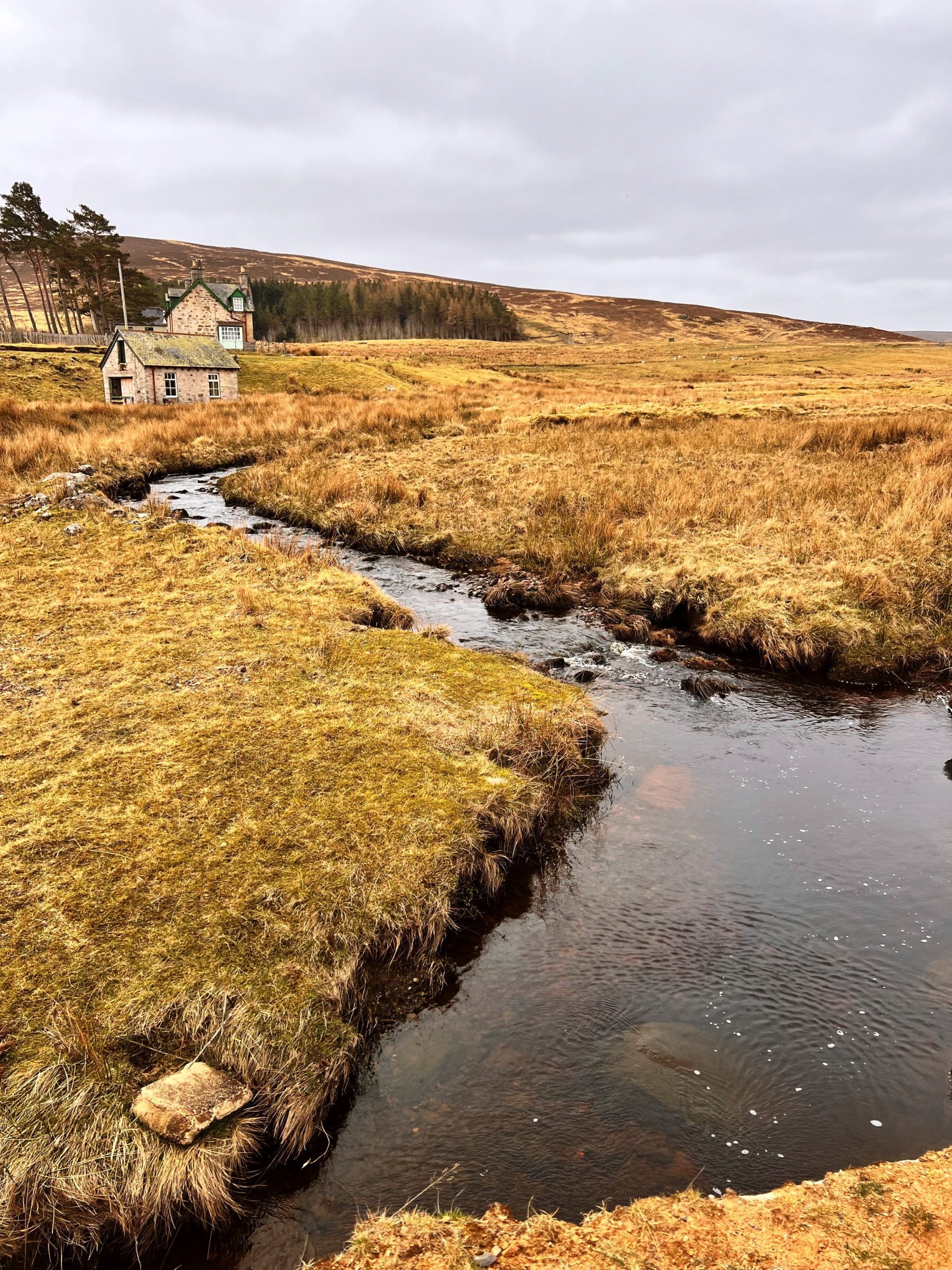
Borrobol Burn, where in November Michael Wigan has observed salmon lying side by side in the process of spawning.
For those who are interested, Borrobol offers rental cottages on the estate represented by this website www.borrobolcottages.co.uk. Occasionally salmon fishing times do open up and for those inquiries you should contact Michael Wigan directly by e-mail at mwigan@borrobol.co.uk. As always, I have no financial stake in this advertisement.
I won’t see Scotland until next March, though, and for the rest of 2024 it is back to the Miramichi – just as fascinating and beautiful a place to fish for salmon as anywhere on earth. Unfortunately for us the devastating mismanagement of the Miramichi’s salmon and striped bass populations have left us with a greatly diminished resource. Some folks I have communicated with feel that we moved the needle with DFO by a fair amount regarding the striper situation. It looks like, though with DFO you never know for sure until the final details are nailed down, that we will see a 4th bass added to the recreational bag limit, some sort of program to allow retention of stripers taken in the non-tidal sections of the Miramichi, and some increased, allowable netting areas for the First Nations to catch their striped bass commercial quota.
I won’t mention names, but one individual I spoke with from a different salmon organization than the MSA felt that this would all be very helpful, and could bring the striper population down to somewhat lower levels than their current half to one million fish level – I’m convinced that DFO is just making an educated guess at the actual bass numbers, but they are certainly far above any level that they should be at.
For fear of jinxing it, I won’t comment much more on proposed stocking plans, but I believe that there is solid reason to be very optimistic on that front.
A lot of lobbying work has gone on between us private citizens as well as organizations like the MSA, the NBS Council, and the ASF. I think we will now just have to see how 2024 shakes out, and then later in the season we can begin planning our efforts for 2025.
Thanks for reading. Brad Burns


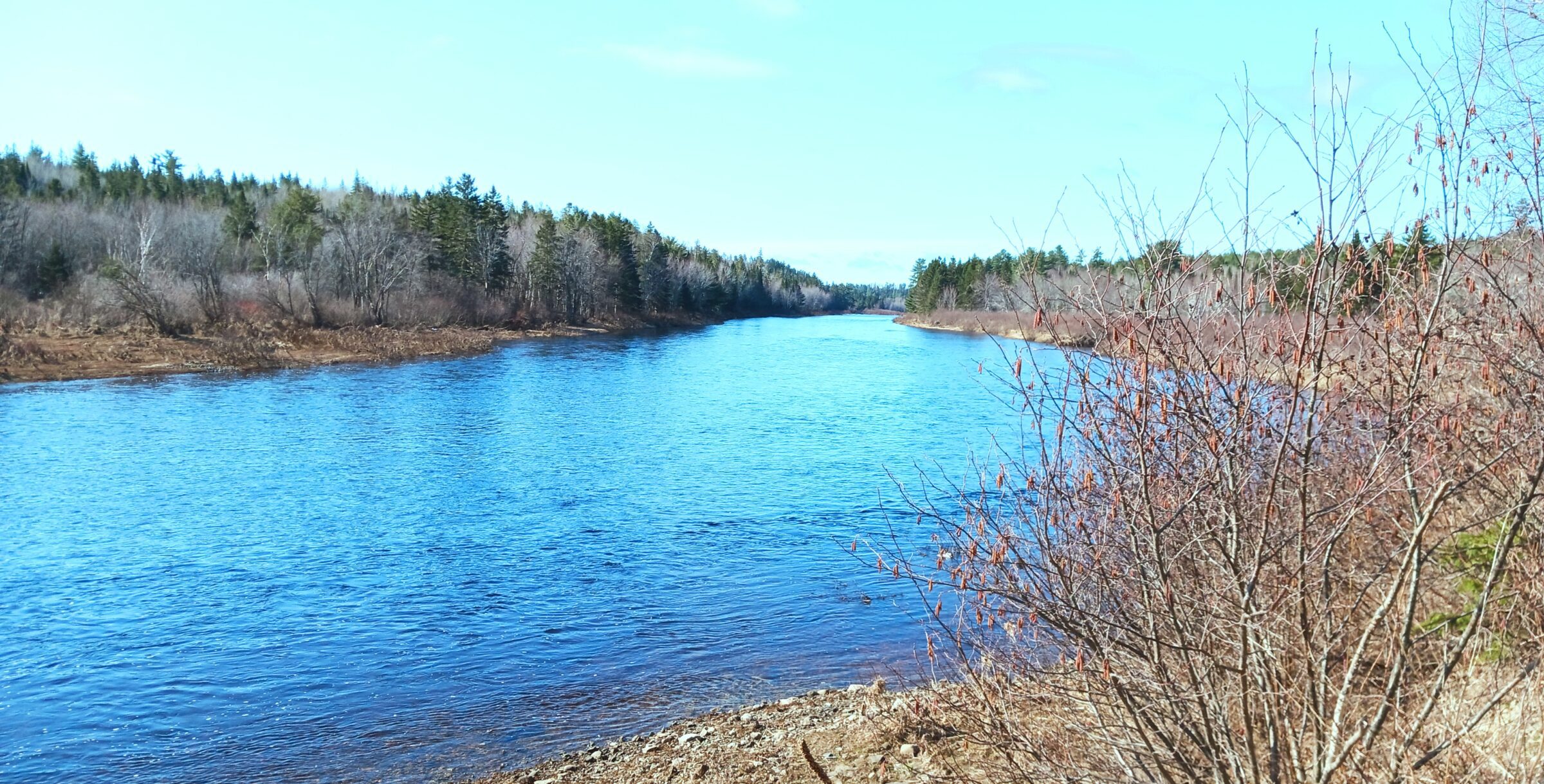
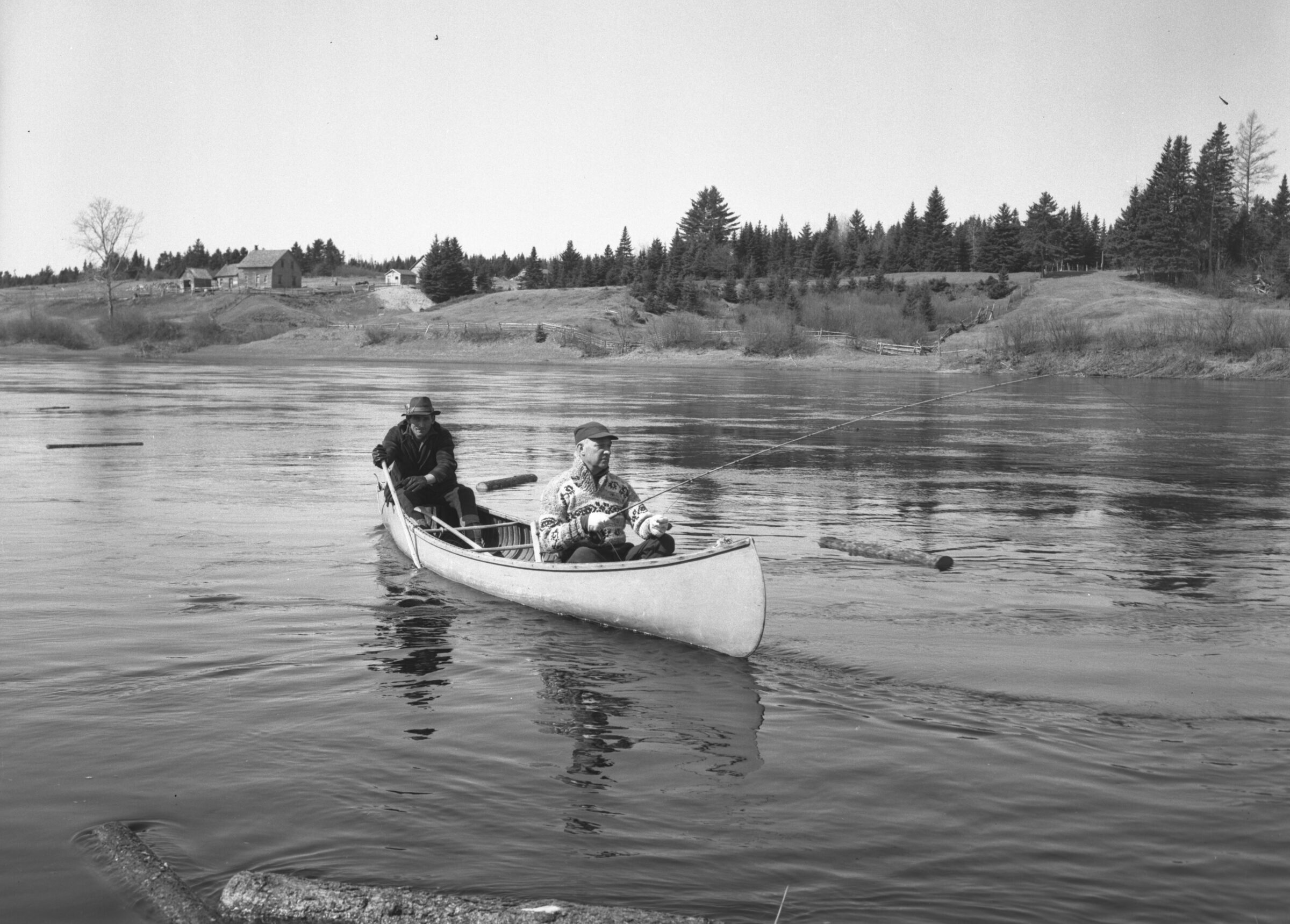
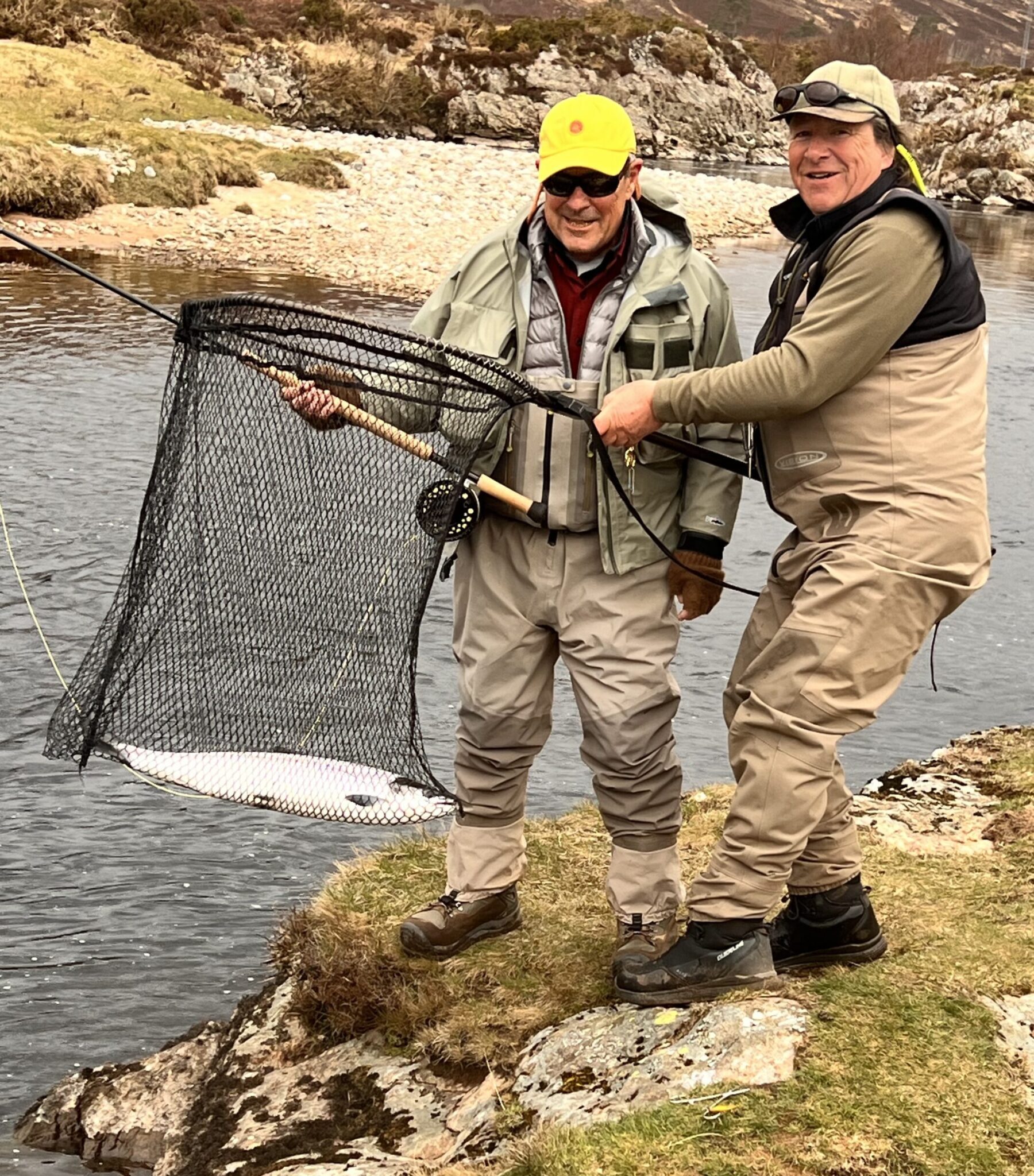
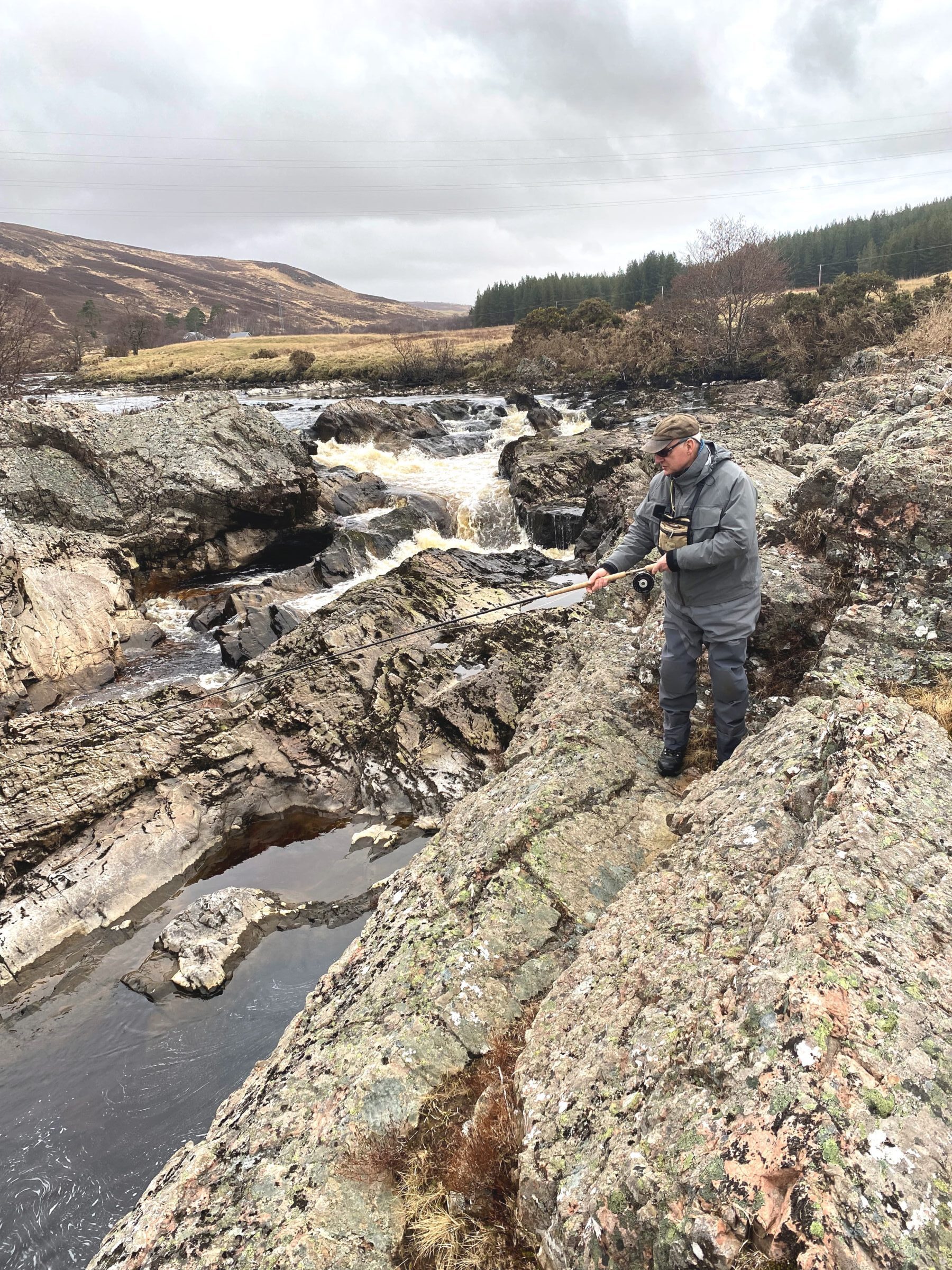


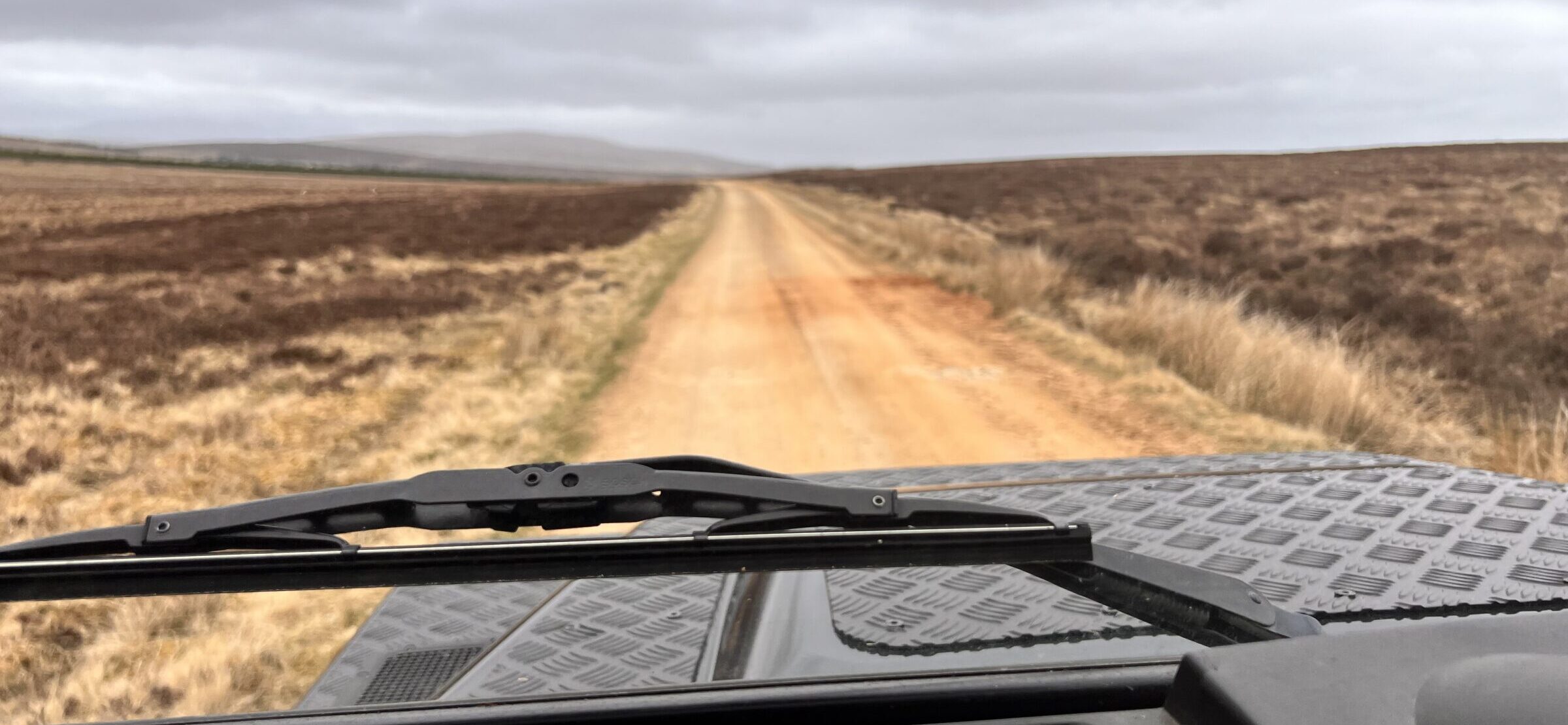
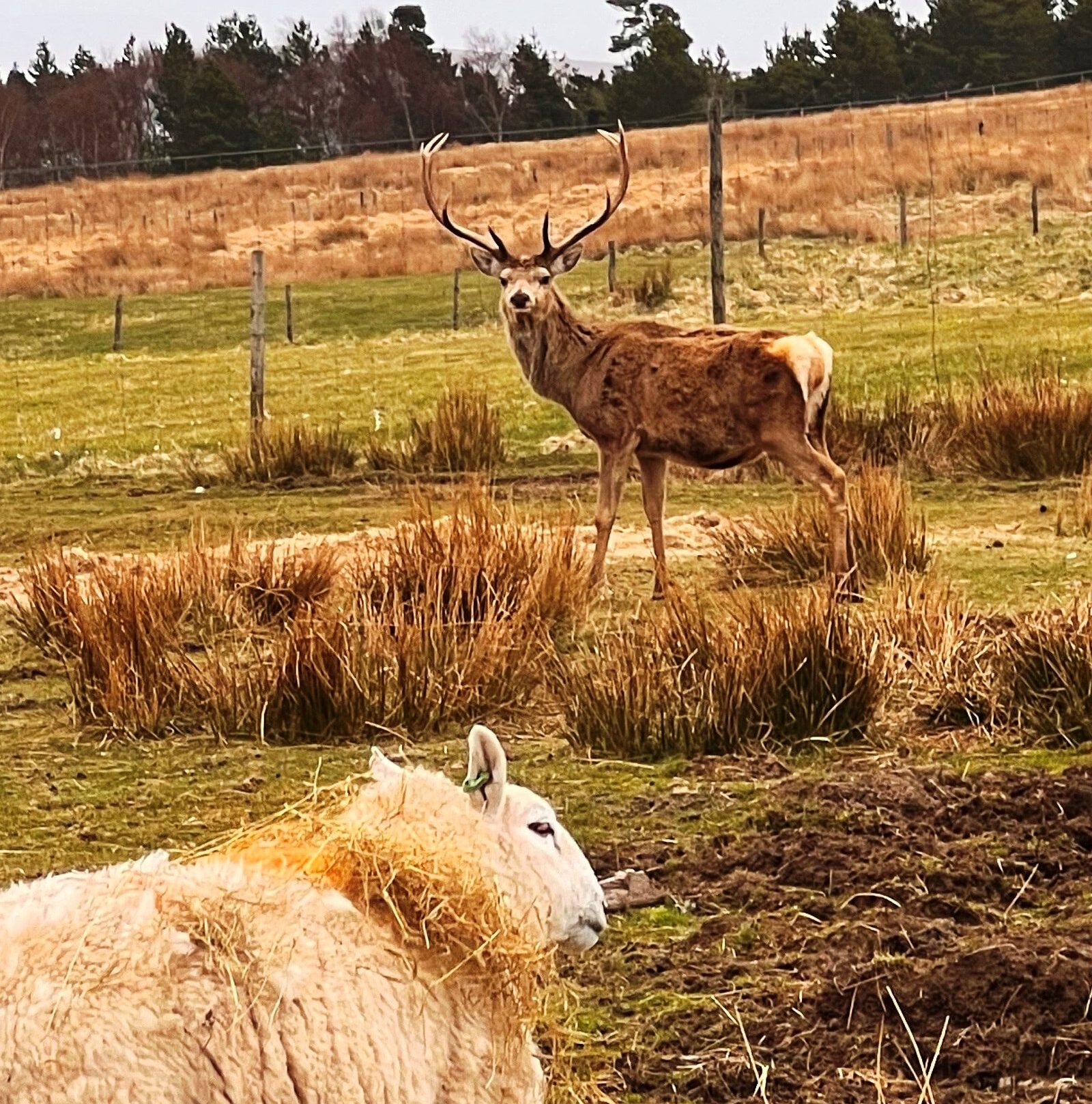

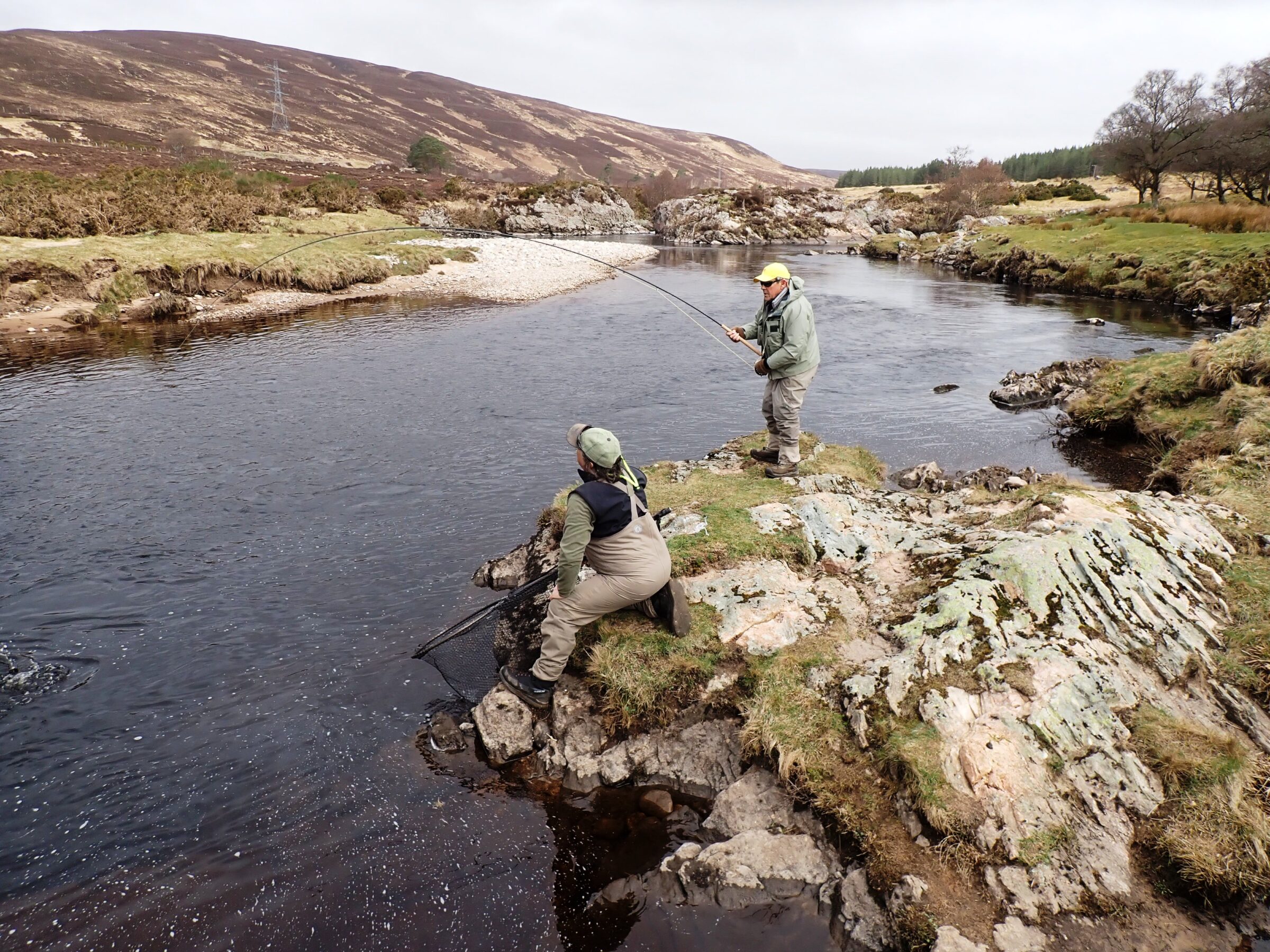
Hi Brad,
Your reports always make for wonderful reading, this latest one is no exception!
You seem to have enjoyed another great week in the Scottish Highlands, which surprises me not. Who could fail to enjoy a week on the Helmsdale River after all. May i wish you a successful season on your beloved Miramichi, and wherever else you happen to swing a fly during 2024!
Best wishes,
Nigel.
Thanks Nigel. The Thurso seems a little slow coming out of the gate, but doubtless will pick up. Very good to hear from you. Brad
Great to hear about your Scottish success. Hard to believe that there is still wilderness in a country that is so old.
Our group at Messlers camp in Mcnamee is anxiously looking forward to our arrival on April 16 for a few days of spring fishing. Fear we may be a bit late this year but we always seem to turn up a few fish each day. For the past several springs we’ve opted to go to camp a couple weeks after the opener reasoning that maybe the river will be in decent shape and , more importantly, it gives the fish time to brighten up. We’ve all tied up our favorite marabou streamers and will try to out do one another each day. We’ve switched from the standard salmon hooks (1/0, 2/0) to tube flies using the small Gamakatsu octopus hooks. I’ve found that they hold better and not damaging to the fish at all. Can’t wait to get there and perhaps we will see you on the river.
Do you ever fish as far upstream as Suitor’s Pond?
David – my apologies, somehow I missed this comment. How was your spring fishing? Your choice of fly material and fly style sound perfect to me. You can’t beat marabou in the slow water favored by the early kelts.
I don’t know where Suitor’s Pond is, though I imagine it is part of the Suitor’s Lodge property? In any case the answer would be know. My Miramichi salmon fishing has been 99% contained between Black Brook and Quarryville on the SW Miramichi. I’m better traveled on the Cains River where I’m pretty familiar with most of the water from the mouth to upriver about 20 miles.
Hi Brad
Just returned home last night from our camp. Fished 3 full days in exceptional weather and wonderful water conditions. Six accomplished anglers landed 18 fish (12 salmon- 6 grille) quite slow by my standards. Most of our fish were caught in Suitirs pond ( yes right below Suitors lodge) our camp is 3 miles above suitors on north side of the river.
Every
fish was caught on marabou tubes.
I did speak with a guide from Blissfield ( 6 miles below Suitors) and they were catching lots of fish and seeing pods of fish in all the deep pools. We saw very few and saw nothing upstream from camp when we tried it. ( around Wilson’s pools and lodge)
I guess it’s all about being in the right place at the right time.
Oh well, on to my next adventures. Will be striper fishing in Provincetown on the cape in June, fishing the Missouri River in late June, northern Quebec in July ( a fly in for brook trout and landlocks,)tarpon in Key West in August, back to the Miramichi in September and fishing the Delaware a lot in between trips.
Hope you have a great summer and maybe we’ll run in to each other on the water .
Sounds like a helluva season David. Spring fishing was by and large quite good in 24, but with lowering and warming water they may be starting to thin out.